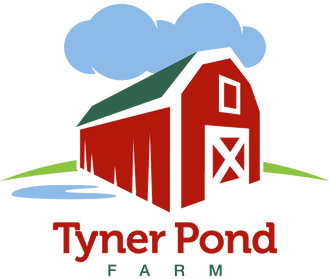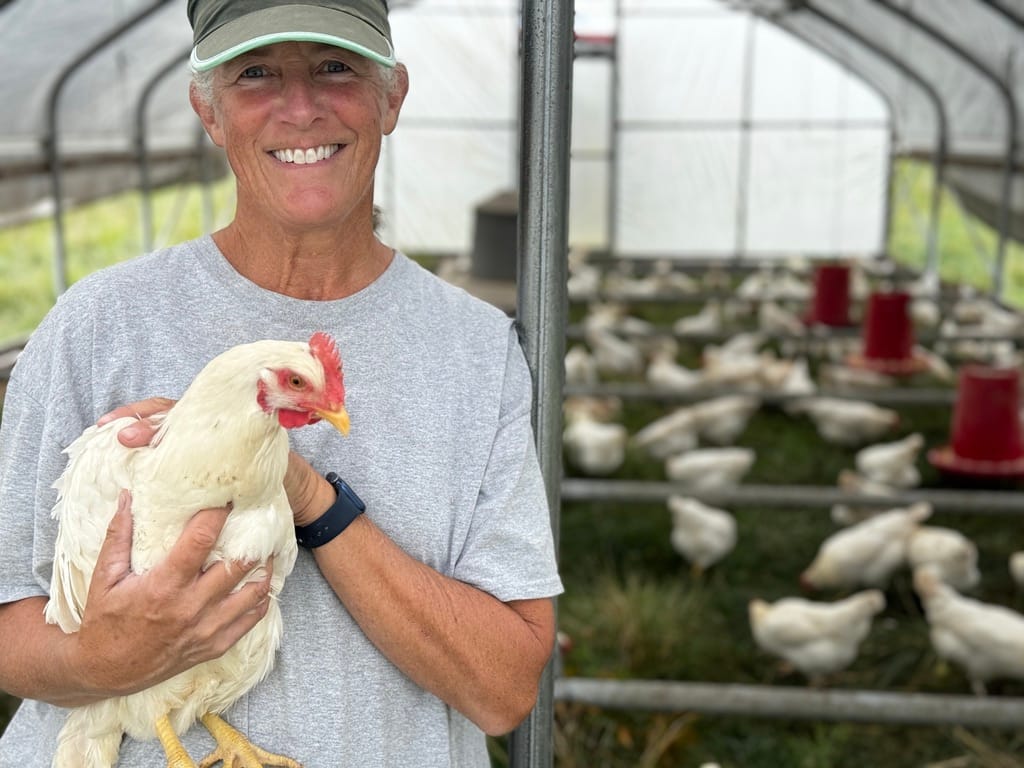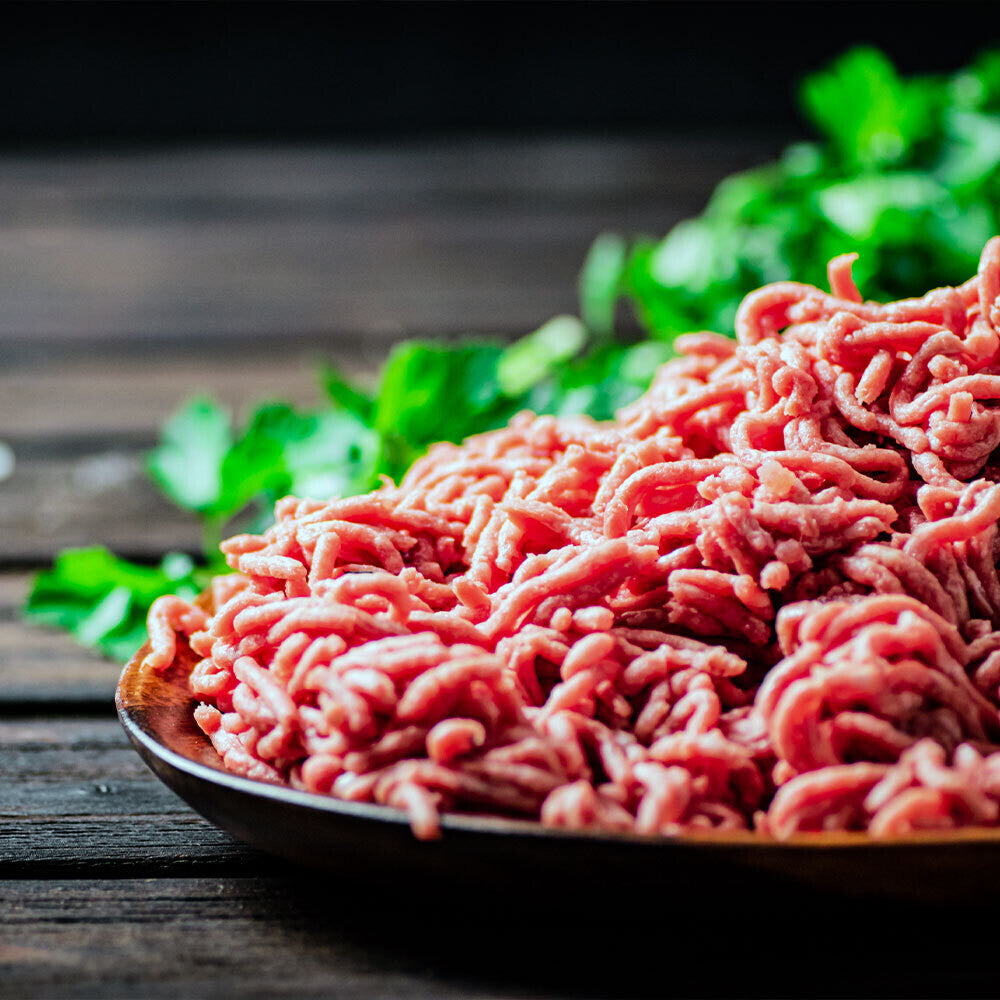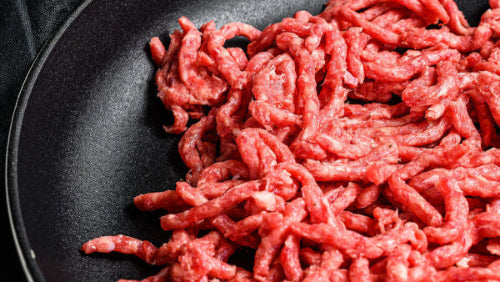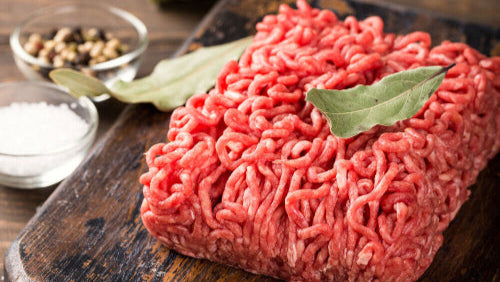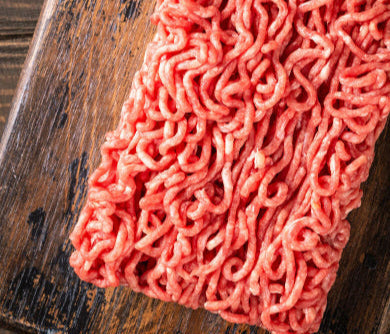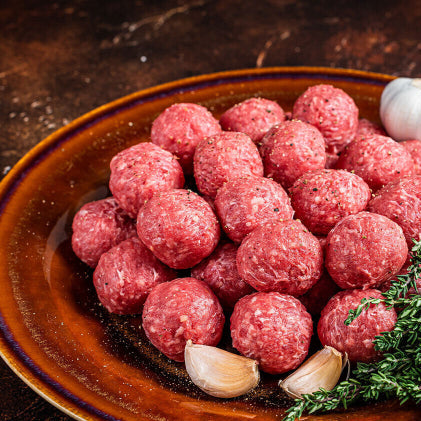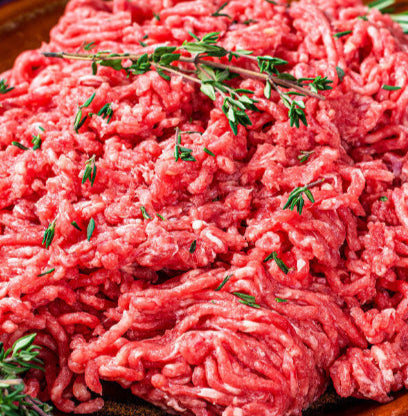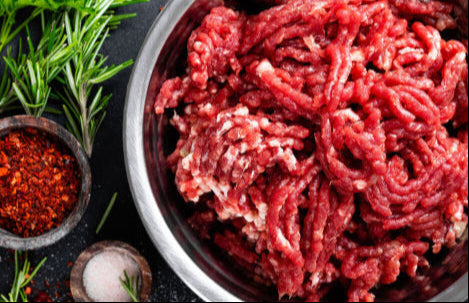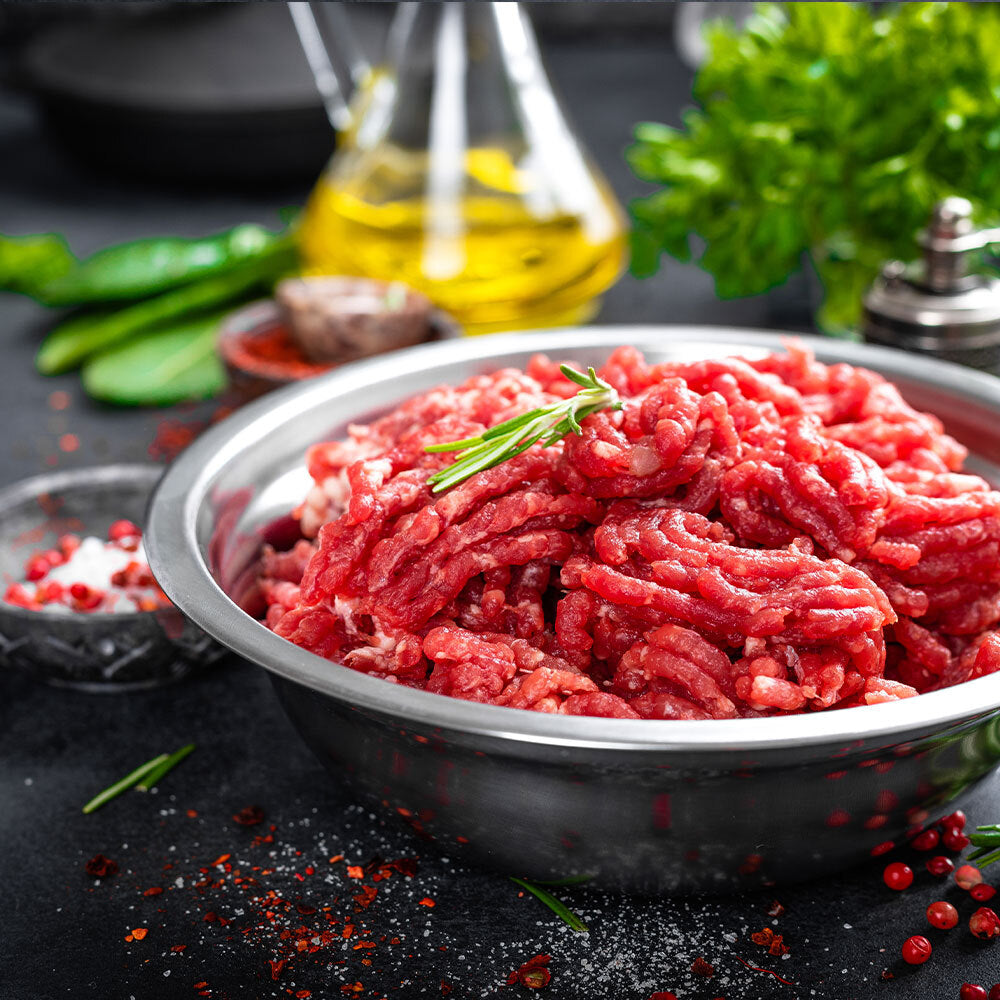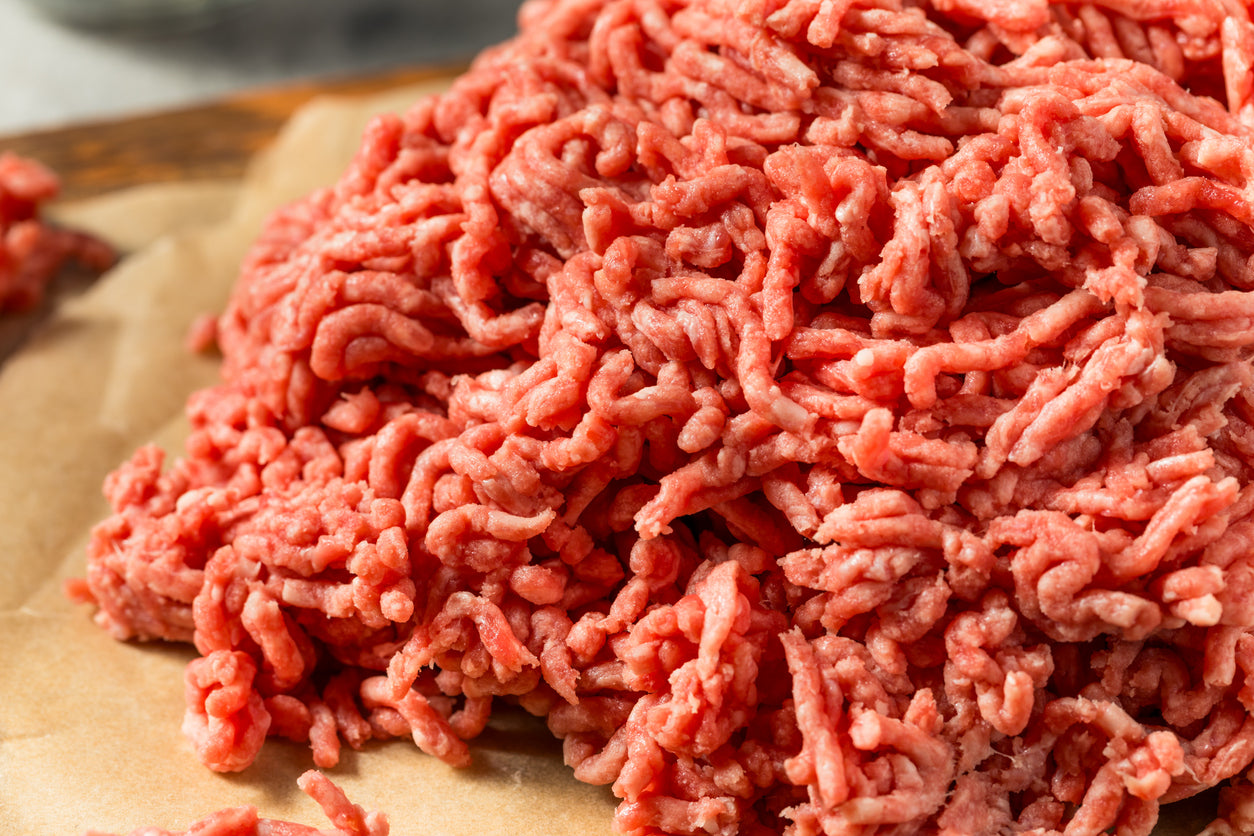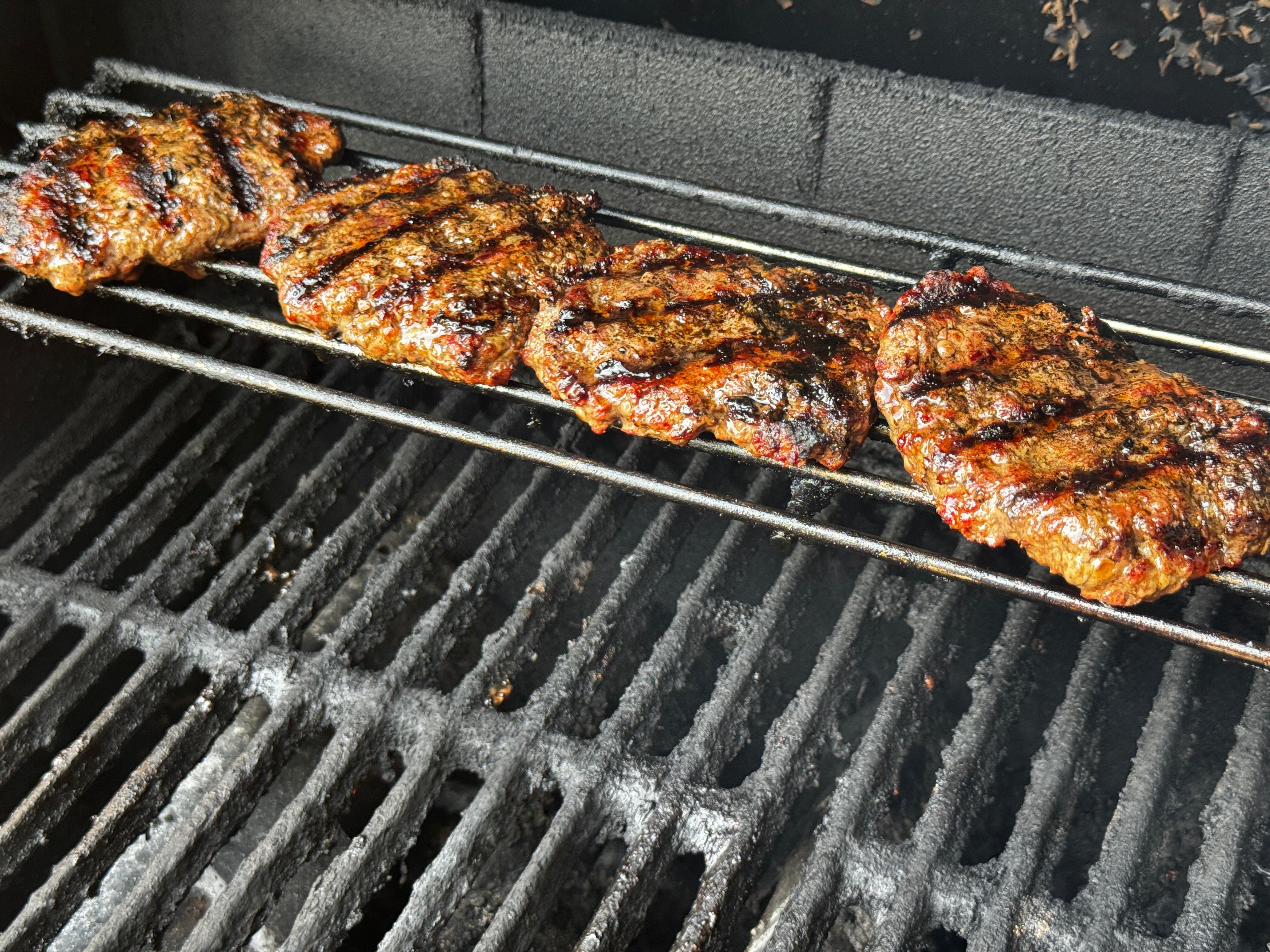
Keeping the Balance: The Critical Role of Predation in Ecosystem Health
At Tyner Pond Farm, we believe in embracing nature's wisdom to nurture thriving ecosystems. We incorporate this philosophy through our holistic management approach, particularly in simulating the prey-predator relationship observed in natural grasslands.
In the wild, herds of grazing animals historically moved frequently, driven by the presence of predators. This behavior prevents overgrazing, allowing grasses to rebound and soils to rejuvenate.
 Predator Prey Relationship
By mimicking this natural movement in our farming practices, we ensure that our cattle graze in a way that promotes healthy soil regeneration and vibrant grass growth. Not only does this produce nutritious, flavorful beef, but it also plays a vital role in maintaining the balance and health of our grasslands. It's a testament to how, by understanding and working with nature, all farmers can achieve sustainable, high-quality food production.
Predator Prey Relationship
By mimicking this natural movement in our farming practices, we ensure that our cattle graze in a way that promotes healthy soil regeneration and vibrant grass growth. Not only does this produce nutritious, flavorful beef, but it also plays a vital role in maintaining the balance and health of our grasslands. It's a testament to how, by understanding and working with nature, all farmers can achieve sustainable, high-quality food production.
 Indiana Grasslands
Indiana Grasslands
 Grass Fed Beef on Restored Grasslands
At Tyner Pond Farm, we've taken cues from this natural balance of grasslands, grazers, and predators. While we don't have large predators roaming our pastures, we use polywire to intensively managed grazing as a way to simulate their role. By moving our herds up to 4 times a day to fresh pastures, we ensure that the grass isn't overgrazed and has ample time to recover, much like how natural herds would move to avoid predators in the wild. This method not only promotes the health and sustainability of our grasslands but also provides consistent, high-quality feed for our livestock, mirroring the natural rhythms of the ecosystem.
If you would like to learn more, here is an interesting documentary on Grasslands from PBS
Grass Fed Beef on Restored Grasslands
At Tyner Pond Farm, we've taken cues from this natural balance of grasslands, grazers, and predators. While we don't have large predators roaming our pastures, we use polywire to intensively managed grazing as a way to simulate their role. By moving our herds up to 4 times a day to fresh pastures, we ensure that the grass isn't overgrazed and has ample time to recover, much like how natural herds would move to avoid predators in the wild. This method not only promotes the health and sustainability of our grasslands but also provides consistent, high-quality feed for our livestock, mirroring the natural rhythms of the ecosystem.
If you would like to learn more, here is an interesting documentary on Grasslands from PBS
 Predator Prey Relationship
By mimicking this natural movement in our farming practices, we ensure that our cattle graze in a way that promotes healthy soil regeneration and vibrant grass growth. Not only does this produce nutritious, flavorful beef, but it also plays a vital role in maintaining the balance and health of our grasslands. It's a testament to how, by understanding and working with nature, all farmers can achieve sustainable, high-quality food production.
Predator Prey Relationship
By mimicking this natural movement in our farming practices, we ensure that our cattle graze in a way that promotes healthy soil regeneration and vibrant grass growth. Not only does this produce nutritious, flavorful beef, but it also plays a vital role in maintaining the balance and health of our grasslands. It's a testament to how, by understanding and working with nature, all farmers can achieve sustainable, high-quality food production.
A History Of Grassland Evolution
 Indiana Grasslands
Indiana Grasslands
The role of predators is crucial to grassland health.
Here's how:
Grazing animals like buffalo, and their predators have a complex evolutionary relationship that has been shaped over millions of years. Grasslands adapted to regular grazing by developing traits like storing more energy in their roots, allowing them to regrow quickly after being eaten. This ensured their survival despite being a primary food source for large herbivores. Grazing animals, in turn, adapted to the grasslands. They learned to move from one area to another, ensuring they always had access to fresh pastures and allowing previously grazed sections to recover. Predators played a key role in this dynamic. Their presence ensured that grazing herds didn't overstay in one place, preventing overgrazing. The threat of predators kept these herds moving, which in turn gave the grasslands necessary recovery time. Moreover, predators helped maintain the health of these herds by often targeting the weak or sick, ensuring the overall genetic strength of the grazing population. This triad relationship of grasslands, grazers, and predators is a perfect illustration of nature's balance. Each component influences the other, ensuring the stability and health of the entire ecosystem. Grasslands have evolved in environments where grazing by large herbivores is common, so they have developed certain adaptations to thrive under such conditions. Let's delve deeper into the natural defenses grasslands have against grazing:It's important to note, however, that these adaptations are designed for periodic or rotational grazing. Continuous, heavy grazing without allowing grasses to recover can deplete their energy reserves and harm the ecosystem. Proper management ensures that the symbiotic relationship between grazers and grasses remains beneficial for both.1. Tillering and Bunching Growth:
Many grass species grow in bunches or tussocks. When grazed, these grasses can produce new shoots, or tillers, from their base. This means that even if the top parts of the grass are eaten, the plant can quickly regenerate from below.2. Growth Points Below Grazing Height:
The apical meristem, or growth point, of many grasses is located close to the ground. This allows the grass to continue growing even after being grazed. In contrast, many other plants have their growth points at the tips of stems, making them more susceptible to damage from grazing.3. Storage of Energy in Roots:
With the majority of their biomass underground, grasses store energy in the form of carbohydrates in their roots. After grazing, this stored energy can be used to fuel rapid regrowth. This is similar to how bulbs and tubers store energy to fuel the growth of plants like tulips and potatoes.4. Beneficial Relationship with Grazers:
Over time, grasses and grazers have formed a symbiotic relationship. As grazers eat the older, taller grass blades, they expose the younger, more photosynthetically active blades to sunlight, which can boost the plant's growth. Additionally, the movement of large herbivores can help disperse seeds and create open patches where new grasses can establish.5. Natural Fertilization:
Grazers, like cattle, digest only a part of what they consume. Their waste, rich in nutrients, returns to the soil and acts as a natural fertilizer, aiding the rapid regrowth of grasses.6. Stimulation of Bud Growth:
Grazing can stimulate the growth of dormant buds in grasses, leading to denser swards over time.
 Grass Fed Beef on Restored Grasslands
At Tyner Pond Farm, we've taken cues from this natural balance of grasslands, grazers, and predators. While we don't have large predators roaming our pastures, we use polywire to intensively managed grazing as a way to simulate their role. By moving our herds up to 4 times a day to fresh pastures, we ensure that the grass isn't overgrazed and has ample time to recover, much like how natural herds would move to avoid predators in the wild. This method not only promotes the health and sustainability of our grasslands but also provides consistent, high-quality feed for our livestock, mirroring the natural rhythms of the ecosystem.
If you would like to learn more, here is an interesting documentary on Grasslands from PBS
Grass Fed Beef on Restored Grasslands
At Tyner Pond Farm, we've taken cues from this natural balance of grasslands, grazers, and predators. While we don't have large predators roaming our pastures, we use polywire to intensively managed grazing as a way to simulate their role. By moving our herds up to 4 times a day to fresh pastures, we ensure that the grass isn't overgrazed and has ample time to recover, much like how natural herds would move to avoid predators in the wild. This method not only promotes the health and sustainability of our grasslands but also provides consistent, high-quality feed for our livestock, mirroring the natural rhythms of the ecosystem.
If you would like to learn more, here is an interesting documentary on Grasslands from PBS
Tags:
